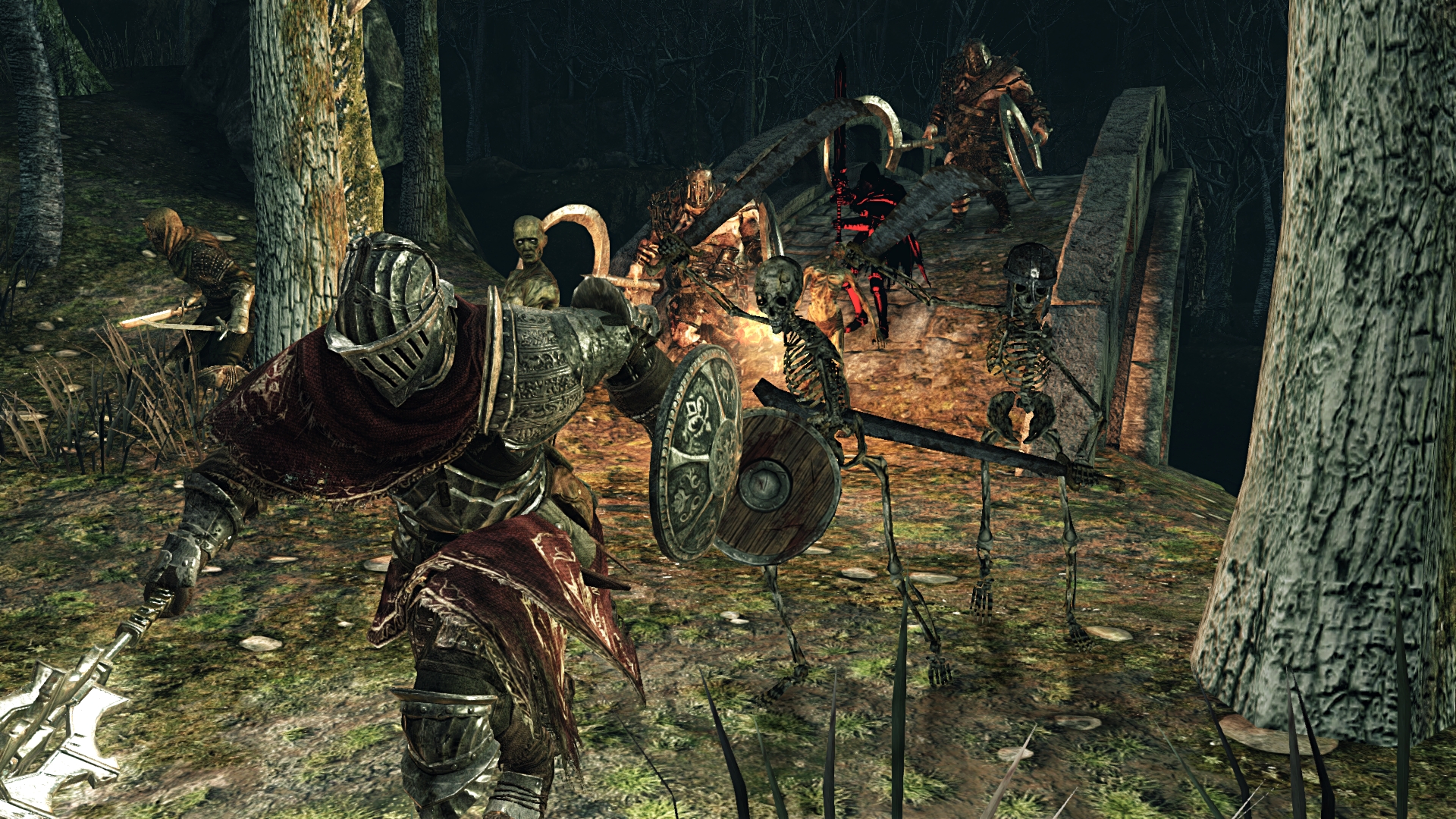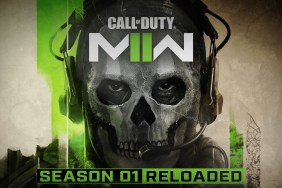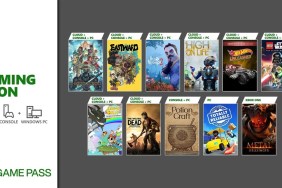They always come back to Drangleic, every single time…
Dark Souls II joins the long list of recent remasters with Scholar of the First Sin, but developer FromSoftware uses the re-release as more than just a vessel for upgraded visuals. It takes the Dark Souls II experience and tweaks it in such a way that it becomes its own singular game. Enemy locations shift, new NPC invaders appear, rare items become more common—the list goes on and on. It creates a compelling reason for Dark Souls II veterans to revisit Drangleic, while new players can rest easy knowing they're playing the definitive version with all of the previously released DLC.
It's been over a year since Dark Souls II originally came out, and the reception from fans of the series falls under both points of the spectrum and everywhere in between. Some love it, some find it disappointing, and others like myself feel it's an enjoyable experience even though it falls short of Demon's Souls and Dark Souls. Scholar of the First Sin doesn't change my overall opinion of Dark Souls II, but the inclusion of the fantastic DLC results in a more thoroughly satisfying journey through Drangleic. The many changes and additions in Scholar of the First Sin both compliment and complicate that seemingly familiar journey.
Scholar of the First Sin doesn't take hours to establish its changes. The first tutorial area has a statue blocking one of the areas. Ironclad Soldiers appear left and right in Forest of the Fallen Giants. There's a freakin' dragon in Heide's Tower of Flame! I thought I'd jump back into Dark Souls II again and breeze through everything, but the host of new threats and enemy placements prevent such confidence. They also instill a sense of paranoia, one of Scholar of the First Sin's greatest strengths.
I appreciate the challenge of the Souls series, but Dark Souls II felt like a step backwards. Experience clearly plays a role, but the fear of looking around each corner or fighting a new boss didn't have the same impact. Scholar of the First Sin pushes in the other direction and uses fear to its advantage. The familiar becomes unfamiliar and thus the game captures the player's attention more so than in the original game. It's exciting to go back to a game like Dark Souls II and feel a slightly different response, even if the underlying game remains largely unchanged.
The changes in Scholar of the First Sin also work against it in some specific cases. The more obvious example that comes to mind is the abundance of (often stronger) enemies in most areas, which slows down a game that already focuses on a steady and methodical pace. Occasionally it emphasizes quantity over quality, in which the sheer number of enemies on screen pose more of a threat than the enemies themselves. Then it's time to lure out those enemies one at a time to avoid a larger and far more dangerous encounter. Frustration builds and the excitement of original content in Scholar of the First Sin dissipates slightly.
Unlike many of the modifications in Scholar of the First Sin, the remaster's visual upgrade falls somewhere in the middle as far as its success is concerned. Clearly it looks better than the old PC, PS3, and Xbox 360 versions, but it also shows its age in spots. Textures still look muddy at times and the lighting, though improved, can still be inconsistent. Fans who have yet to play the game at 60fps are in for a treat, though, as the smooth framerate stands out as the marquee headline in the game's technical specifications. It looks fantastic and improves the feel of combat in meaningful ways. Players who love to dodge in particular will see the biggest difference.
Dark Souls II: Scholar of the First Sin targets two audiences: newcomers and veterans. In both cases it succeeds. Folks who have yet to play Dark Souls II will get the best version of the game with all of the available content, while veterans who love Dark Souls II will get to experience a series of small alterations that do enough to set Scholar of the First Sin apart from the original. The changes don't elevate Dark Souls II to some new lofty status, and players who found the game disappointing in 2014 will likely feel the same way. But it's refreshing to see a remaster that tries to both recapture the magic of the original and progress it further to appeal to a broader player base.
-
Plenty of changes to the existing game
-
Not all changes work well
-
New enemies slow the pace down
-
Includes all DLC
-
Visual upgrade
-
Still looks dated in spots
-
60 FPS
Dark Souls II Scholar of the First Sin
-
Dark Souls II Scholar of the First Sin #1

Last week, we got to visit Bandai Namco's New Year's showcase with loads of different games to get early hands-on with. Dark Souls II proved itself a major player in this way with The Scholar of the First Sin, the brand new repackaging of Dark Souls II and DLC for the new year. While I was intimidated by the original release, I'm eager to try again on Xbox One and PlayStation 4. The Scholar of the First Sin isn't a new-generation console exclusive and much of the game's adjustments will arrive on the currently supported platforms. Let's take a look at what's changing in a new Warp Pipe gallery.
rn
rnThe first and most obvious addition to Dark Souls II will come in the form of the Scholar of the First Sin. Click through for more. -
Dark Souls II Scholar of the First Sin #2
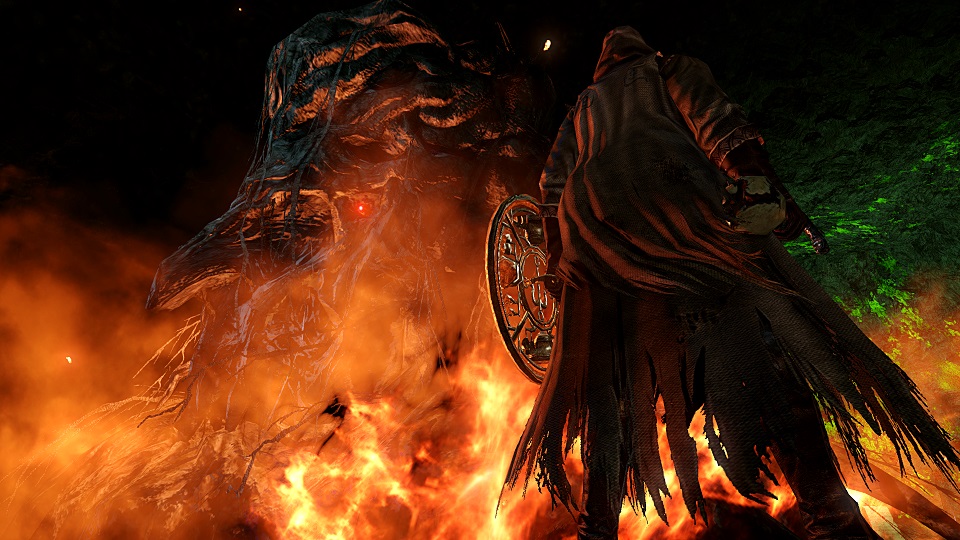
Bandai Namco detailed several of the more nuanced changes to how items can be collected, but the publisher also offered a new item created by From Software called "The Agape Ring." Here's official word from the developers: "When players equip the new Agape Ring, souls collected from kills during online play will be absorbed by the ring rather than the player." It seems like the point of measuring souls during online play has a lot to do with special rules a player may create for themselves while playing Dark Souls II. I certainly couldn't limit my playstyle, weaponry, or armor for a speedrun, but "The Agape Ring" will help you get there if you've got a unique requirement set. Here are more details on item adjustments from the developers:rn - rn
- Additional item description text rn
- Players will gain access to a new item: The Agape Ring. When players equip the new Agape Ring, souls collected from kills during online play will be absorbed by the ring rather than the player. This allows players to control their online matchmaking experience by limiting their total souls collected. rn
- Increased effect of Rusted Coin. rn
- Awestones now dropped more often. rn
- Made it possible to get the reward items after defeating area bosses even if your inventory is full at the time. (Items will drop in front of the player.) rn
- Made it possible to get the reward items after using Crushed Eye Orb and defeating Licia of Lindeldt even if your inventory is full at the time. (Items will drop in front of the player.) rn
- In Black Gulch, made it possible to receive Forgotten Key after defeating a Giant when the player has 99 Souls of a Giant. rn
- In Grand Cathedral, made it possible to still receive the item you are supposed to get when talking to Alsanna, Silent Oracle even if your inventory is full. rn
- At the Ending, if the player has fulfilled the conditions to receive Illusory Ring of a Conqueror and Illusory Ring of the Exalted but their inventory is full, made it possible to receive the rings properly. (Players will receive the rings as soon as space is opened in their inventory.) rn
-
Dark Souls II Scholar of the First Sin #3

Scores of changes have been made to the way online-play works with Dark Souls II. I've broken this up across the next three images as it'll probably mix up the way you tackle both new downloadable content and enemies you've come to fear online.rn - rn
- The bonfire warp selection screen will now highlight the top three areas where players will have the best chance to connect with other players online. rn
- Players may now choose to cancel out the effect of the Human Effigy at bonfires. rn
- When a player cannot take part in online play due to the effect of the Human Effigy, made it so that the player can still write signs. (They still cannot summon during this period.) rn
- White phantoms will remain in other players’ worlds for longer periods of time. rn
- White phantoms will no longer return to their world if time runs out during a boss battle. rn
-
Dark Souls II Scholar of the First Sin #4
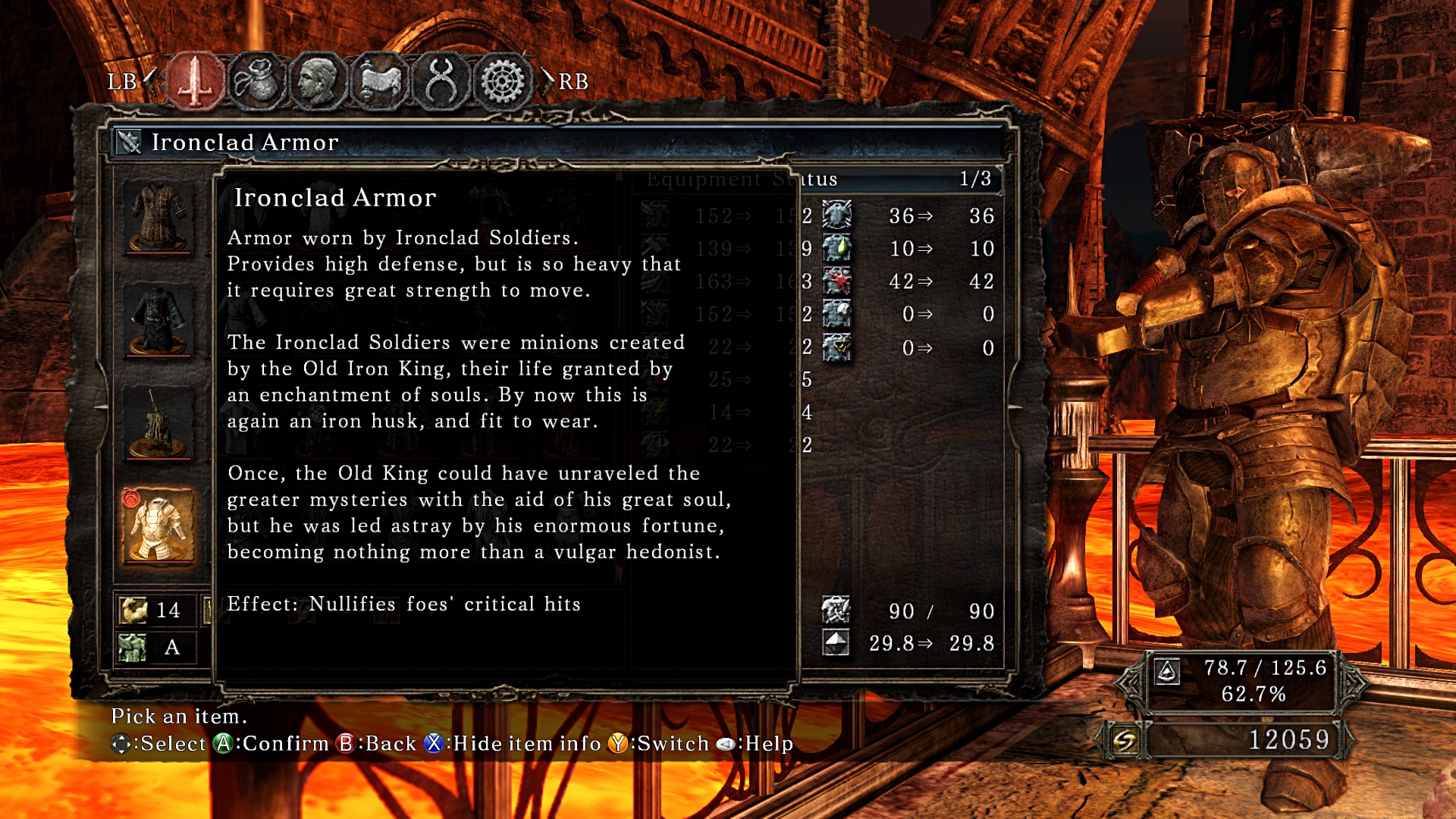
Newbies like myself can launch Dark Souls II with The Scholar of the First Sin and immediately join up with more experienced players. If I'm going to get to the end of this challenging fantasy world, I'll need a little back-up. Here are further details on online changes in the upcoming release:rn - rn
- Players on their first play through can no match with players on their 2nd or further play through. rn
- Made it easier for players to match online in general. rn
- Made it so that invading players cannot use items which invite more enemies. rn
- Made it possible to skip the ending sequence the 2nd time through and beyond. rn
- Removed the blur effect used when looking through the binoculars. rn
- Rogue Water, etc.: Fixed issue causing the user not to recover spell usages for spells only able to be used once. rn
- Made Old Iron King’s Crown’s effect function consistently throughout the game. rn
- Adjusted price for Crown of the Ivory King, Ivory King Armor, Ivory King Gauntlets, Ivory King Leggings. rn
-
Dark Souls II Scholar of the First Sin #5

From Software has also addressed issues players may have discovered while exploring certain maps, finding specific items, or just adventuring as a part of the game's covenants. More details on those changes are further along in the Warp Pipe.rn - rn
- Corrected issue whereby users could not use Bonfire Ascetics at Undead Crypt Entrance Bonfire. rn
- Adjusted timing for Licia of Lindeldt to become the player’s enemy. rn
- Adjusted conditions for lighting Majula map from “Defeat Nashandra” to “Defeat Throne Defender and Throne Watcher.” rn
- To prevent invasion after defeating area bosses, made the Human Effigy effect function in this situation automatically. rn
-
Dark Souls II Scholar of the First Sin #6

In order to ensure smooth online and offline play, From Software says that the development staff at the studio have maintained NPC and story-based text more prominently than online text or alerts. I'd rather not be interrupted while trying to find the next quest anyway:rn - rn
- NPC conversation text is now displayed more prominently than online notices. rn
- Load times shortened (PS3 only). rn
- Calibrations no longer saved each time before the title screen. rn
- Fixed issue cause map name listed on save data and actual map name after loading to not match. rn
- Fixed issue whereby the sign in the Iron Keep was not displayed as intended once the player spoke to Lucatiel of Mirrah in Harvest Valley. rn
-
Dark Souls II Scholar of the First Sin #7

All of those bug fixes and changes only lead up to the number of player-vs-player and cooperative gameplay updates available in all versions of Dark Souls II after The Scholar of the First Sin patch arrives.rn - rn
- Choosing to enter the Covenant of Champions will now allow enemies to continue to respawn after being defeated. rn
- Choosing to enter the Covenant of Champions will now cause enemies to inflict more damage to the player. rn
- The Imitation spell now affects normal enemies. rn
- Host vanquishes invading dark phantom or arbiter spirit: Human Effigy rn
- Host vanquishes a dark phantom summoned through red sign: Human Effigy rn
- Host vanquishes invading grey spirit (Bell Keeper): (1 of the following) Titanite Chunk, Titanite Slab, Twinkling Titanite, Petrified Dragon Bone. rn
rn Vanquish host you invade at the covenant “Rat King” area: Added Smooth & Silky Stone in addition to Pharros’ Lockstone rn
-
Dark Souls II Scholar of the First Sin #8
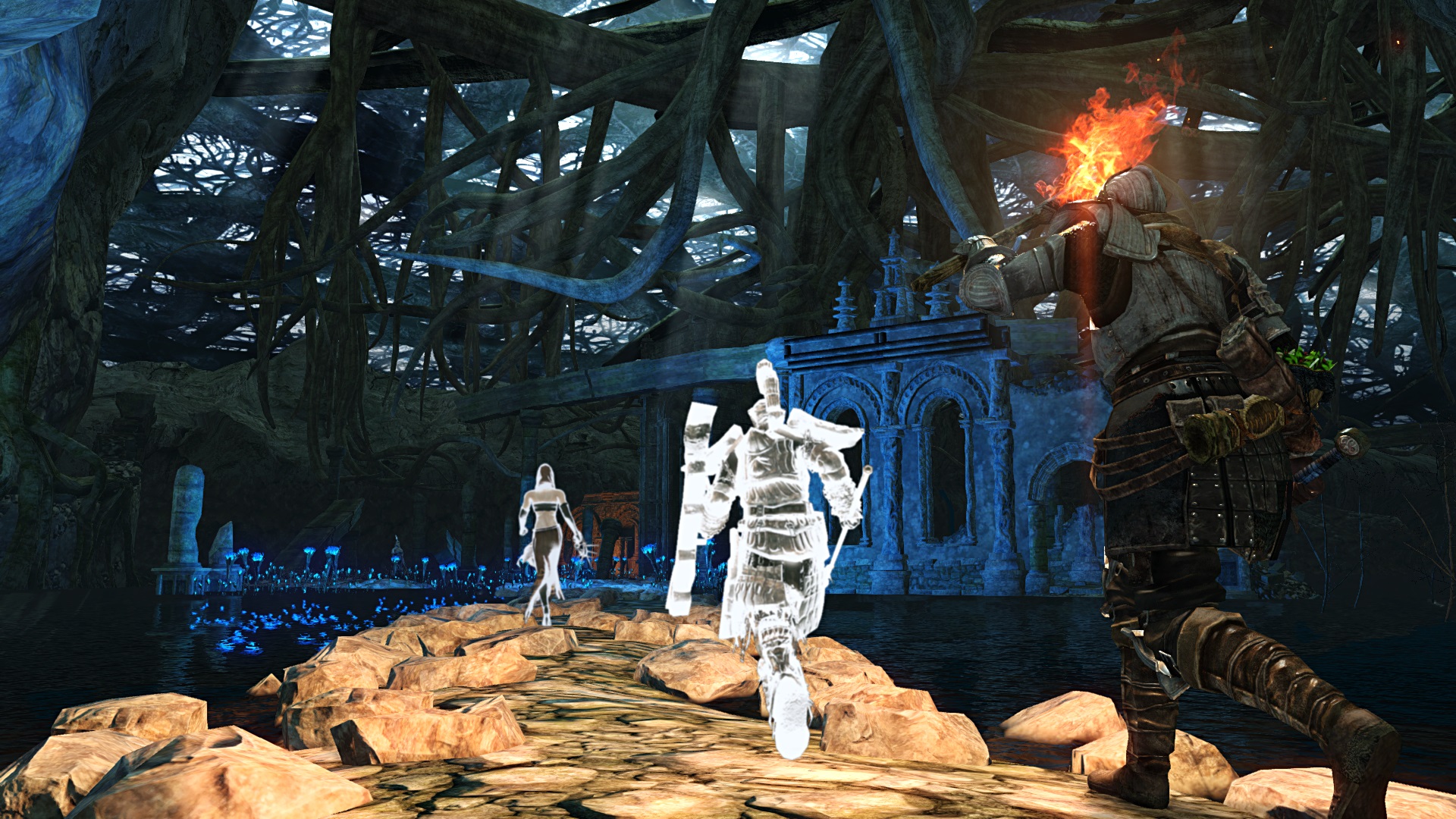
Blue Sentinels, Rat Kings, Bell Keepers, Pilgrims of the Dark, and the Brotherhood of Blood all get slightly tweaked challenges to ensure new things to discover while braving the challenge already present in Dark Souls II. I haven't even gotten far enough into the game to join one of these covenants, much less earn the reward at the end.rn -
- rn
- Covenant “Blue Sentinels” adjusted such that players who vanquish dark phantom when summoned as help by a Way of Blue host: Devotion to covenant up +1
-
- Covenant “Rat King” adjusted such that players who vanquish client summoned to Rat King area: Added Smooth & Silky Stone in addition to Pharros’ Lockstone.
-
- Covenant “Bell Keeper” adjusted such that players who vanquish host when invading as grey phantom: (1 of the following) Titanite Chunk, Titanite Slab, Twinkling Titanite, Petrified Dragon Bone.
-
- Covenant “Pilgrims of Dark” adjusted such that host who vanquishes abyss spirit in Dark Chasm of Old: added Human Effigy to Bonfire Ascetic.
-
- Covenant “Brotherhood of Blood” adjusted such that when invading, players who vanquish Blue Sentinel summoned as help: Demotion to covenant up +2.
-
-
Dark Souls II Scholar of the First Sin #9
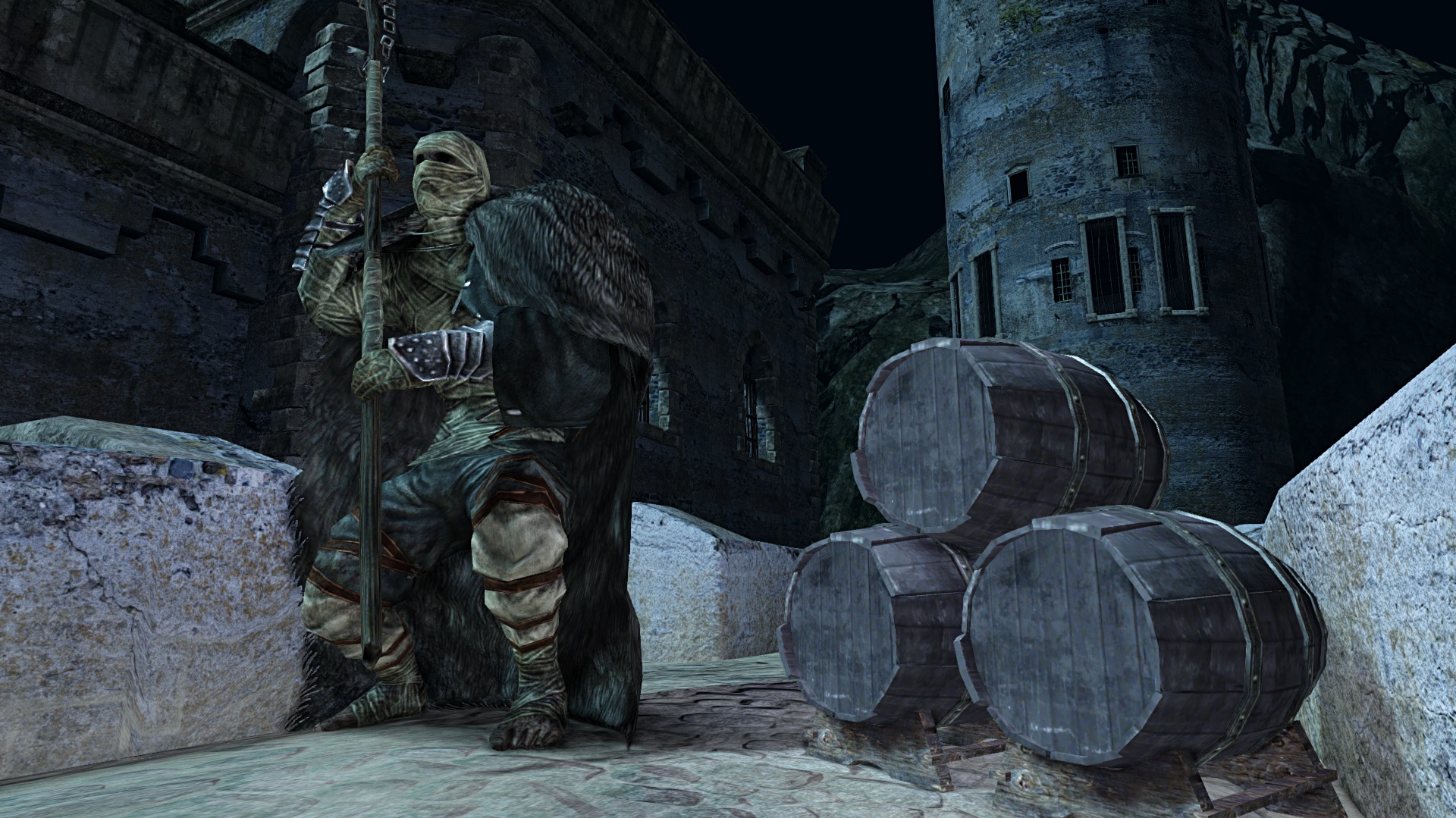
With Dark Souls II arriving on Xbox One and PlayStation 4 on April 7th, 2015, you'll want to either save up to get the game for one of your new consoles or download/buy a retail copy. If youv'e got the game on Steam, your update will be applied automatically when it's available. Players on Xbox 360 and PlayStation 3 may have to check their respective digital shopfronts for download details, but those updates should also be pushed automatically. Regardless, From Software has offered specific times for server maintenance so players aren't caught off-guard. Here are those details, straight from the publisher/developer: rn rn2/4 - 6:00AM - 9:00AM PT rn2/4 - 9:00AM - 12:00PM ET rn2/4 - 2:00PM - 5:00PM GMT rn2/4 - 3:00PM - 6:00PM CET rn2/4-2/5 - 11:00PM - 2:00AM JST -
Dark Souls II Scholar of the First Sin #10
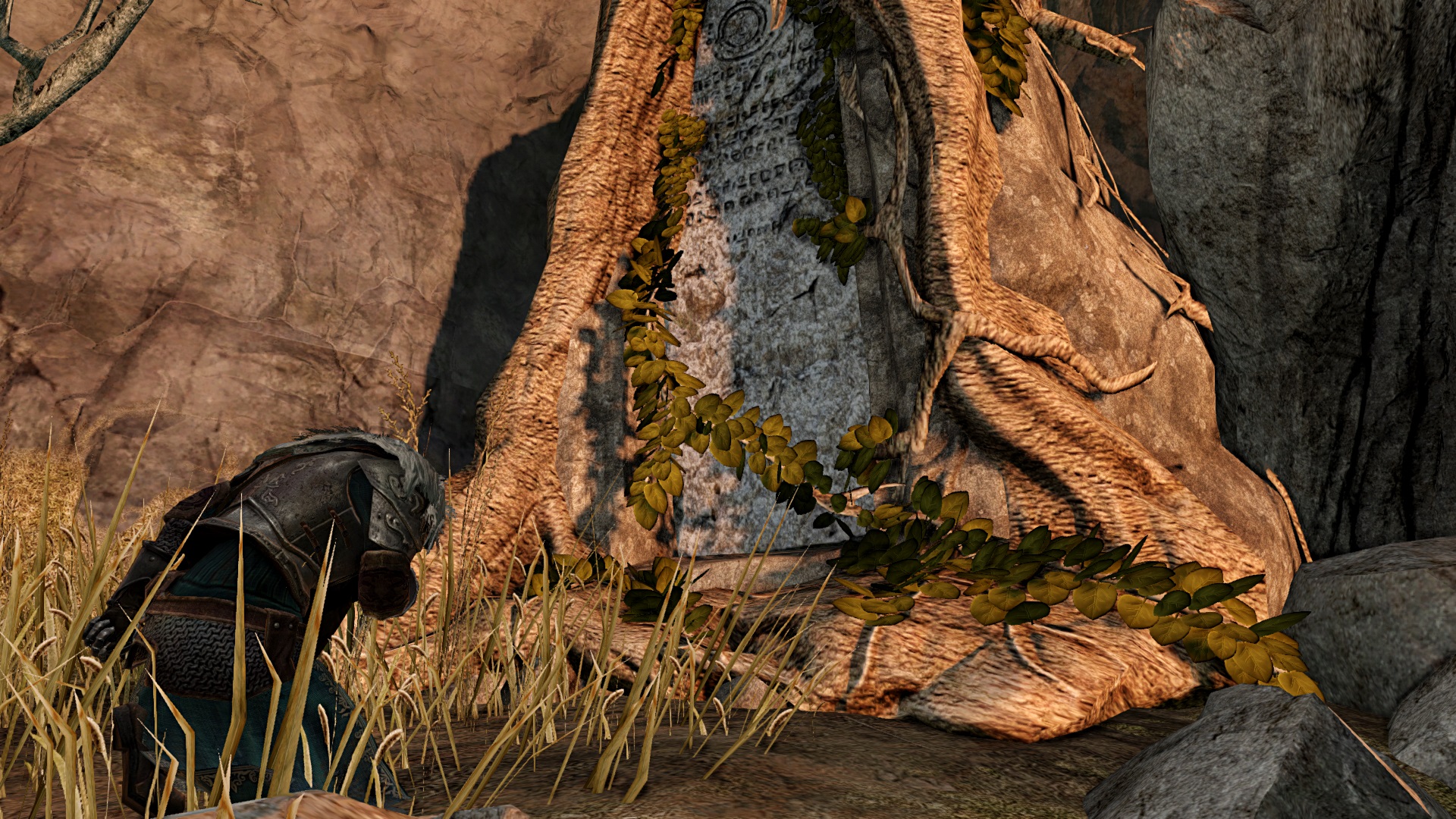
While some of these details apply to the main game, Dark Souls II: The Scholar of the First Sin will also make changes and tweaks to the DLC currently on offer.
rn
rnFor more details on Dark Souls II: Crown of the Old Iron King, click here. -
Dark Souls II Scholar of the First Sin #11
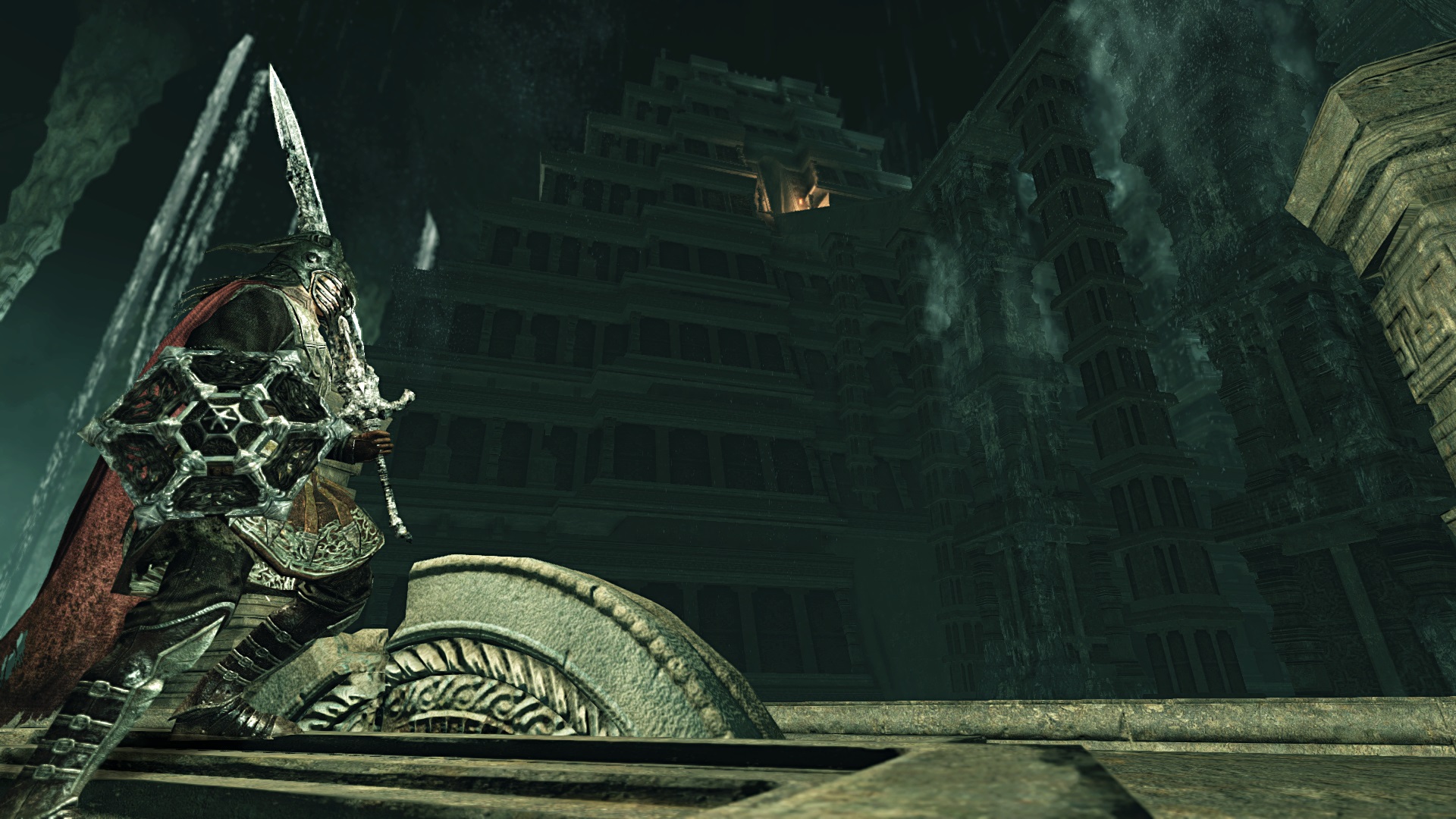
If you've completed the main game and need more Dark Souls II, you'll certainly find it if you're willing to pay a little and get beat-up a lot. Click here for details regarding Dark Souls II: Crown of the Sunken King. -
Dark Souls II Scholar of the First Sin #12

Even more punishment awaits in Dark Souls II: Crown of the Ivory King. If you're willing and ready, be sure to click here for all the details on that expansion to From Software's fantasy RPG. -
Dark Souls II Scholar of the First Sin #13
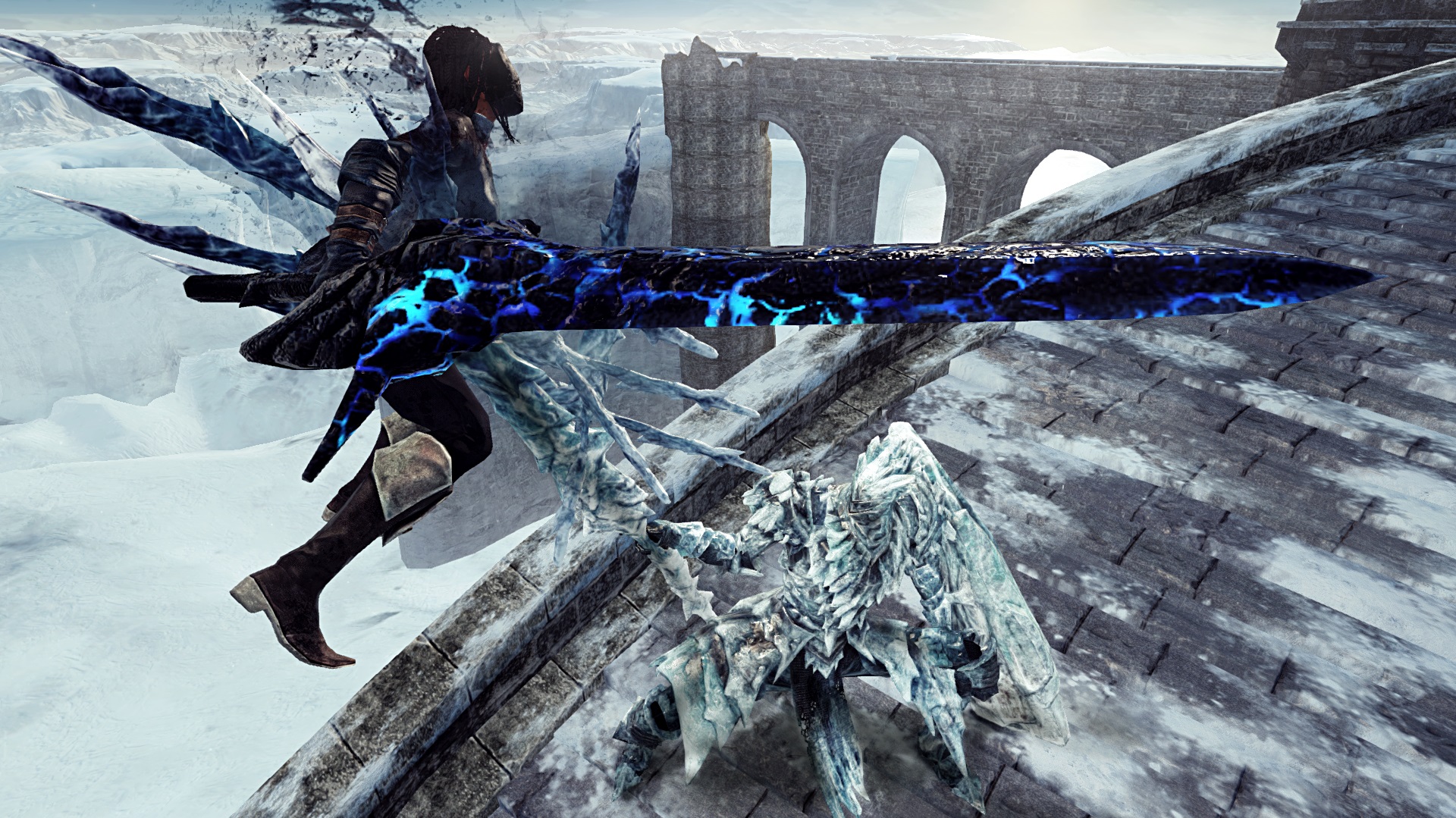
For everything Dark Souls II, be sure to click the game title and visit our game page. There, you'll find screenshots, videos, FAQs, and coverage for each independently released piece of downloadable content expanding on the original game's vision. For more Warp Pipe, be sure to click here for our tag page. -
Dark Souls II Scholar of the First Sin #14
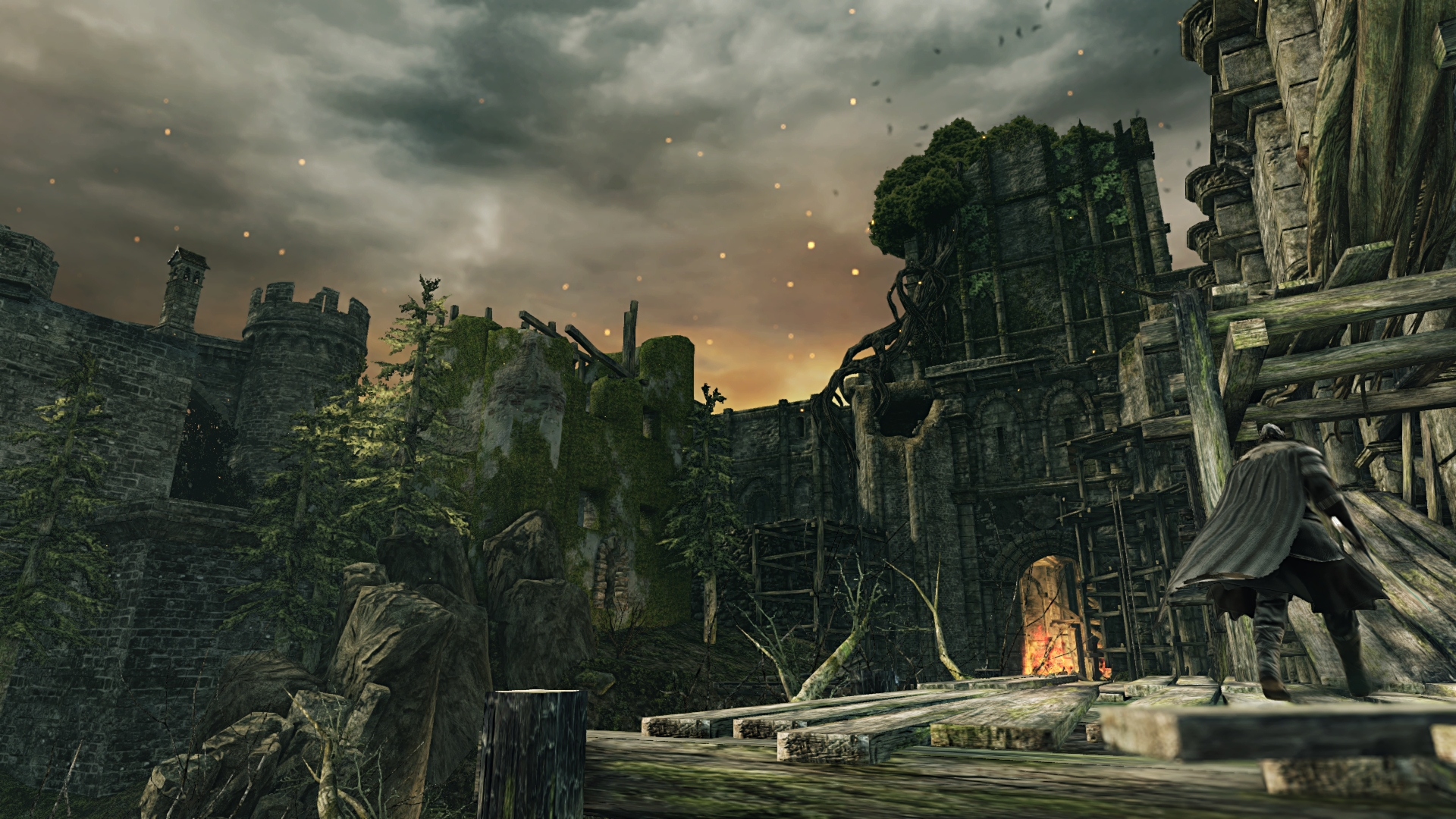
Make sure to click through the full gallery for every image and click on the images themselves for the full resolution. With the game landing on new console tech, you'll want to take a good gander at Scholar of the First Sin's touch-ups. -
Dark Souls II Scholar of the First Sin #15
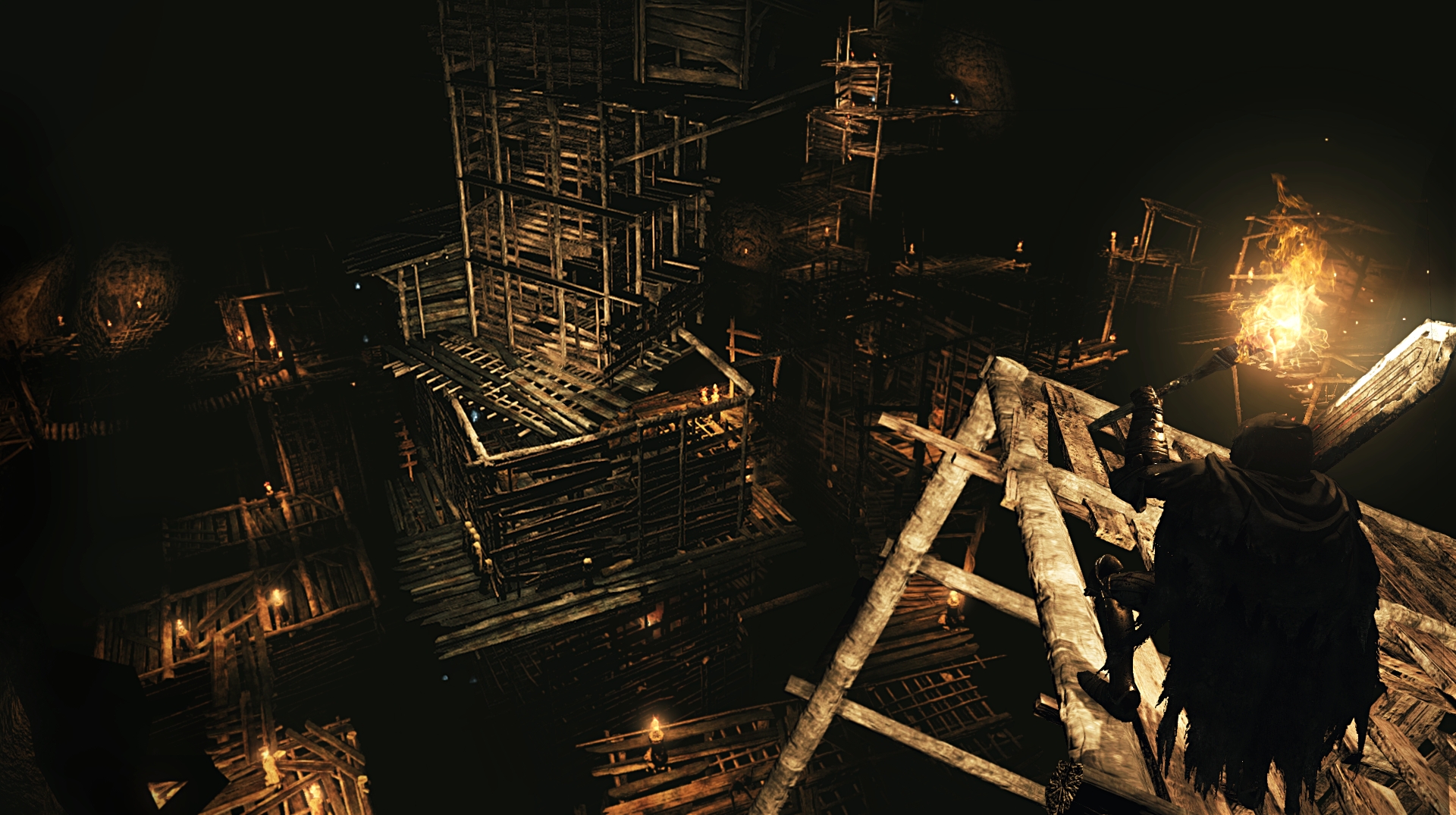
-
Dark Souls II Scholar of the First Sin #16
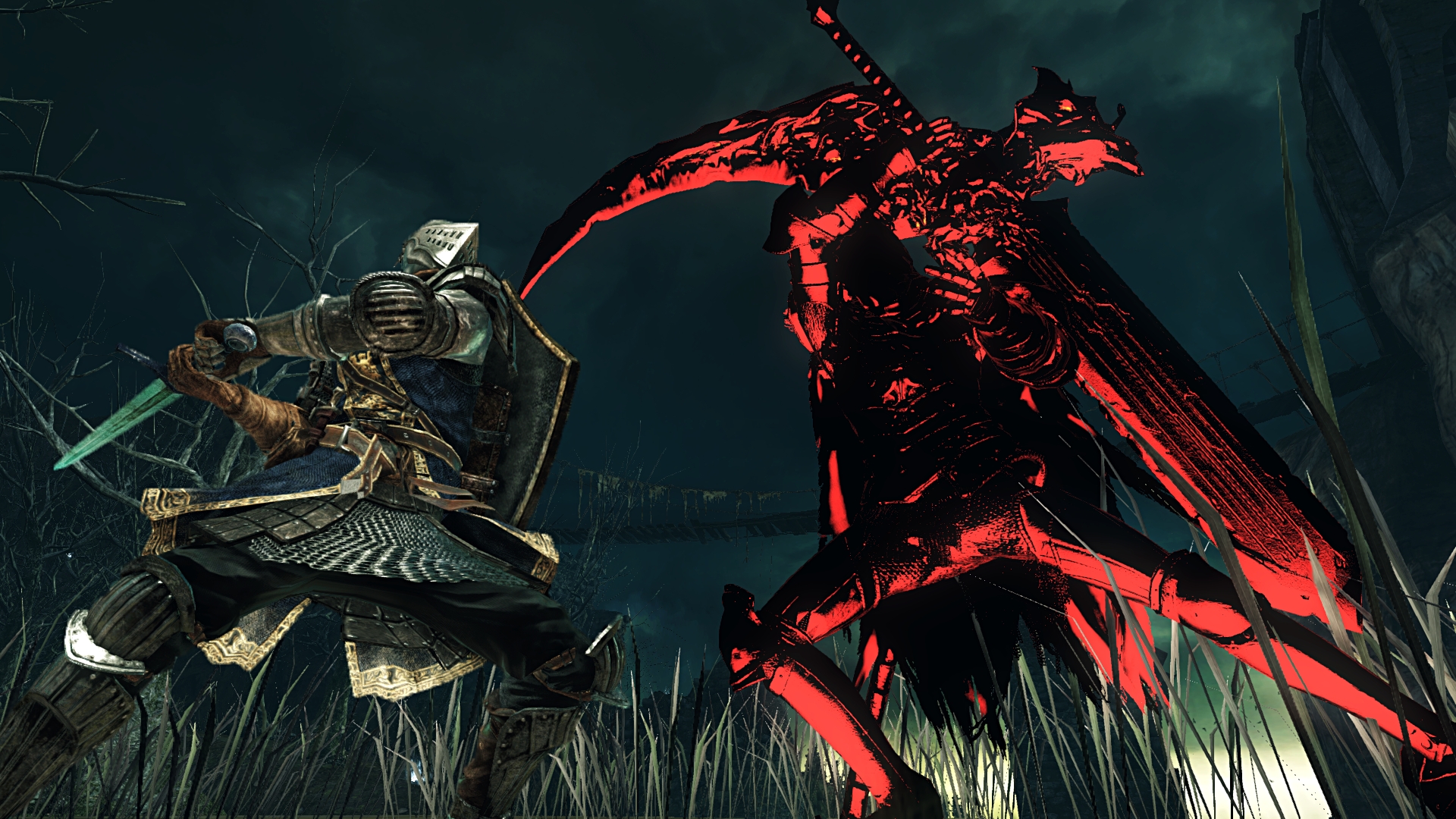
-
Dark Souls II Scholar of the First Sin #17
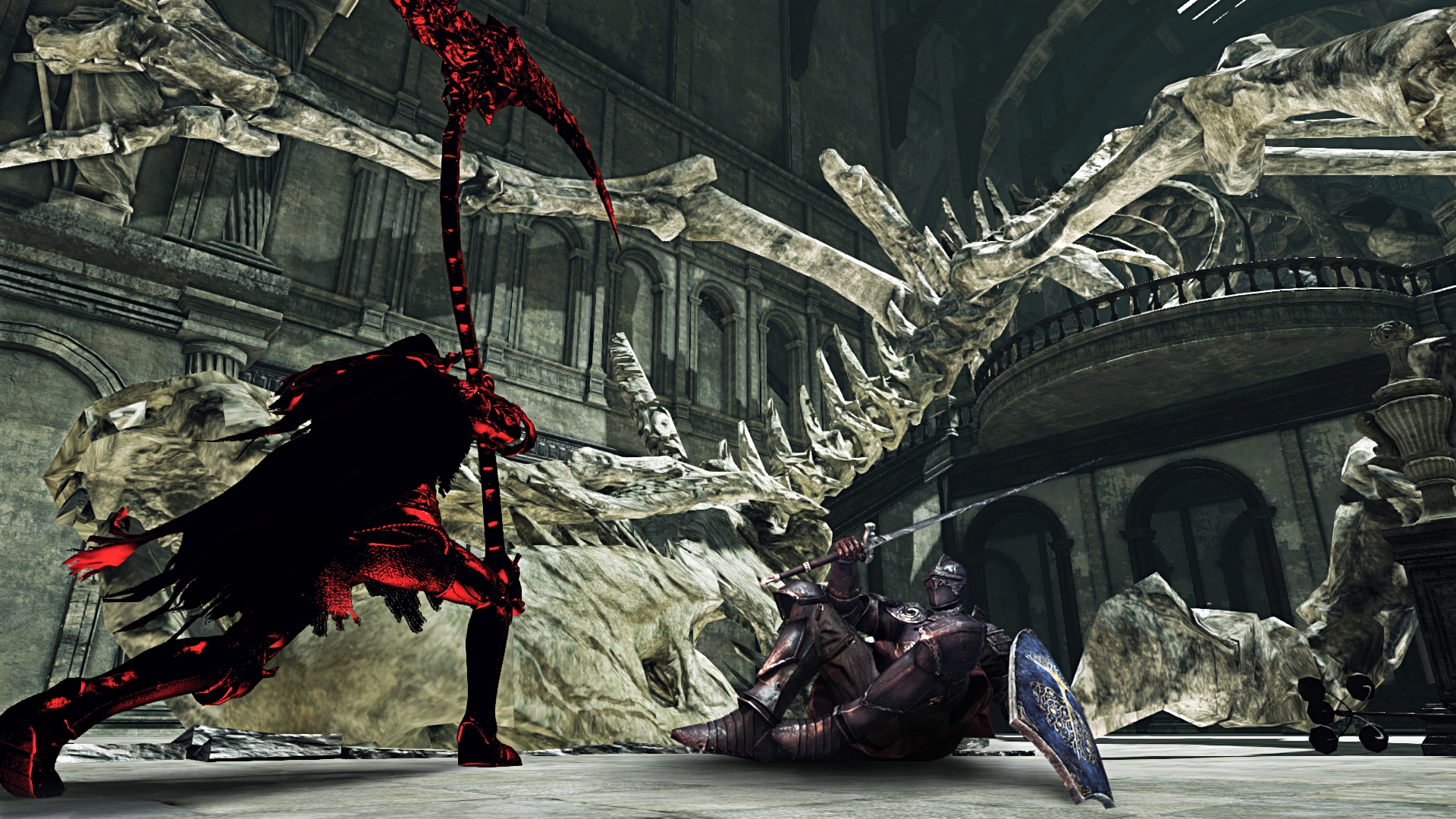
-
Dark Souls II Scholar of the First Sin #18

-
Dark Souls II Scholar of the First Sin #19
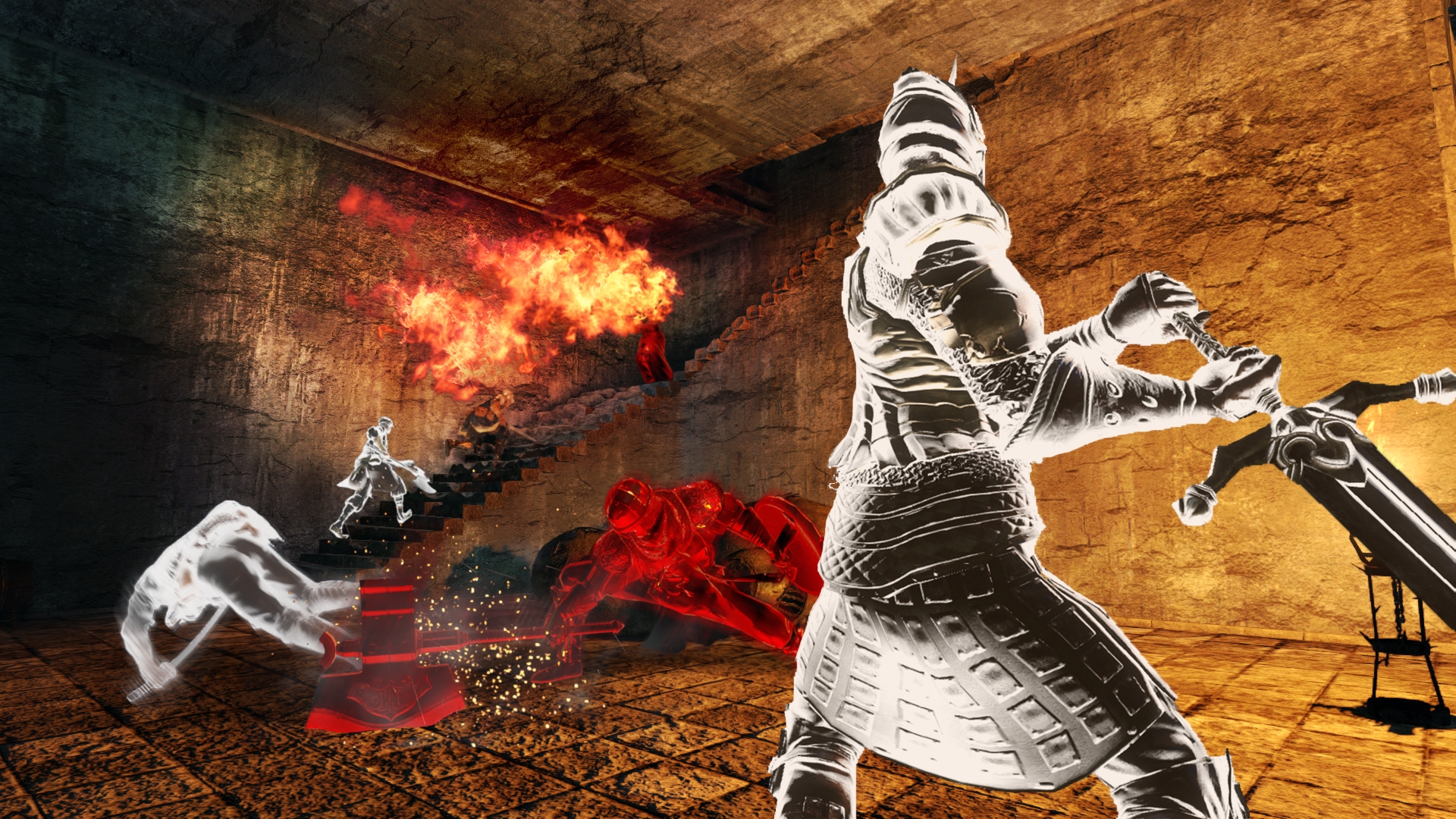
-
Dark Souls II Scholar of the First Sin #20
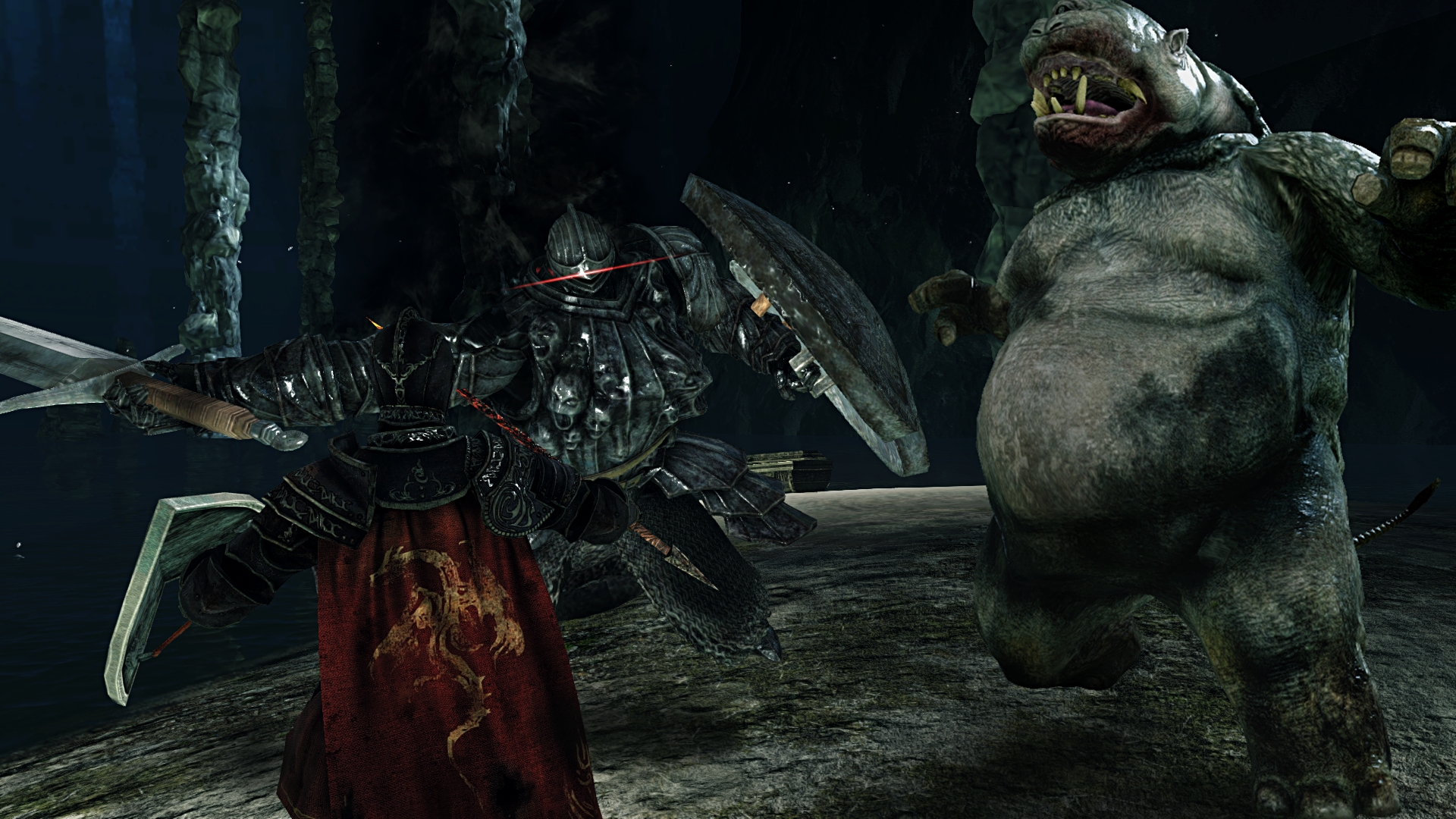
-
Dark Souls II Scholar of the First Sin #21
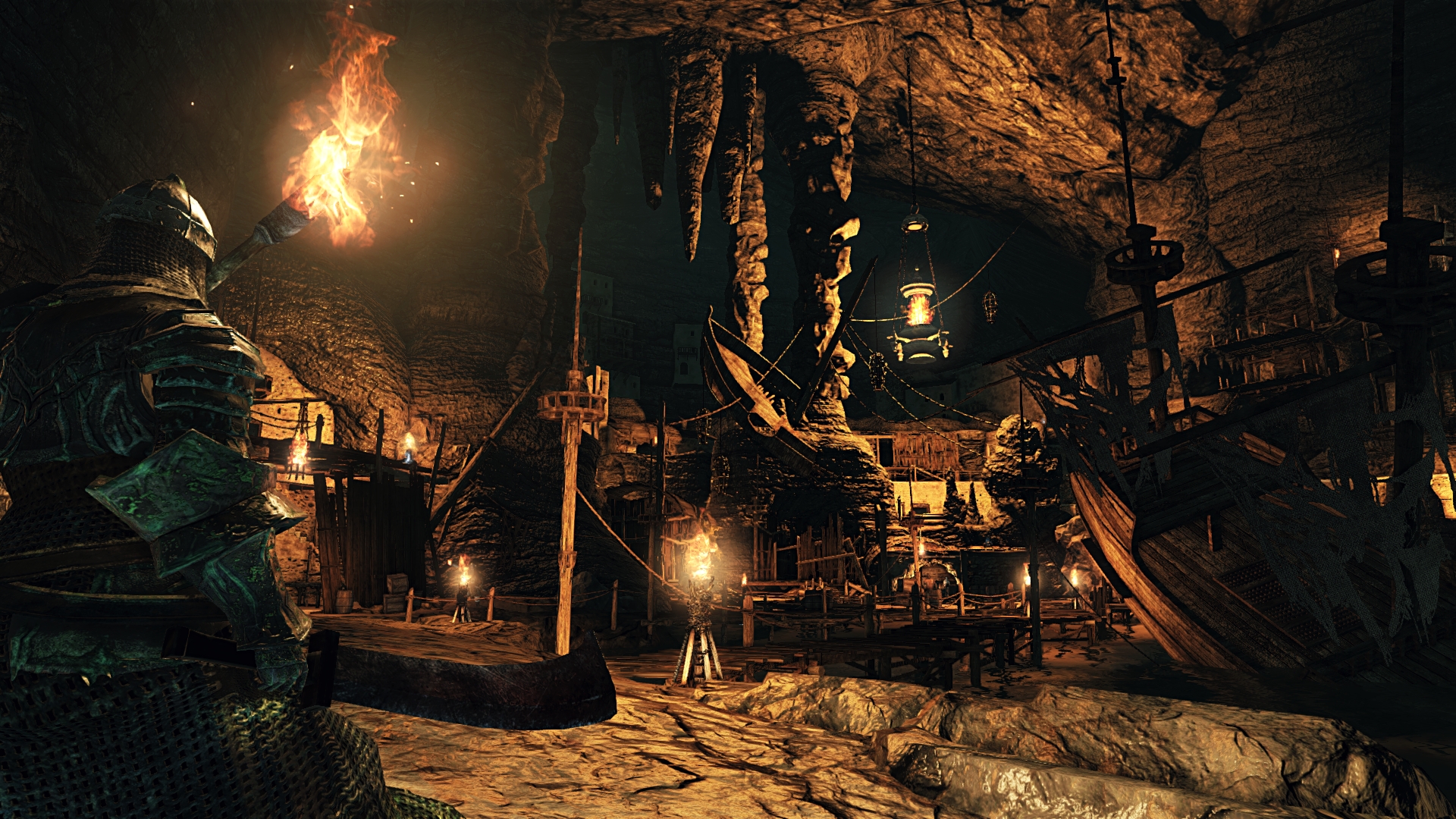
-
Dark Souls II Scholar of the First Sin #22
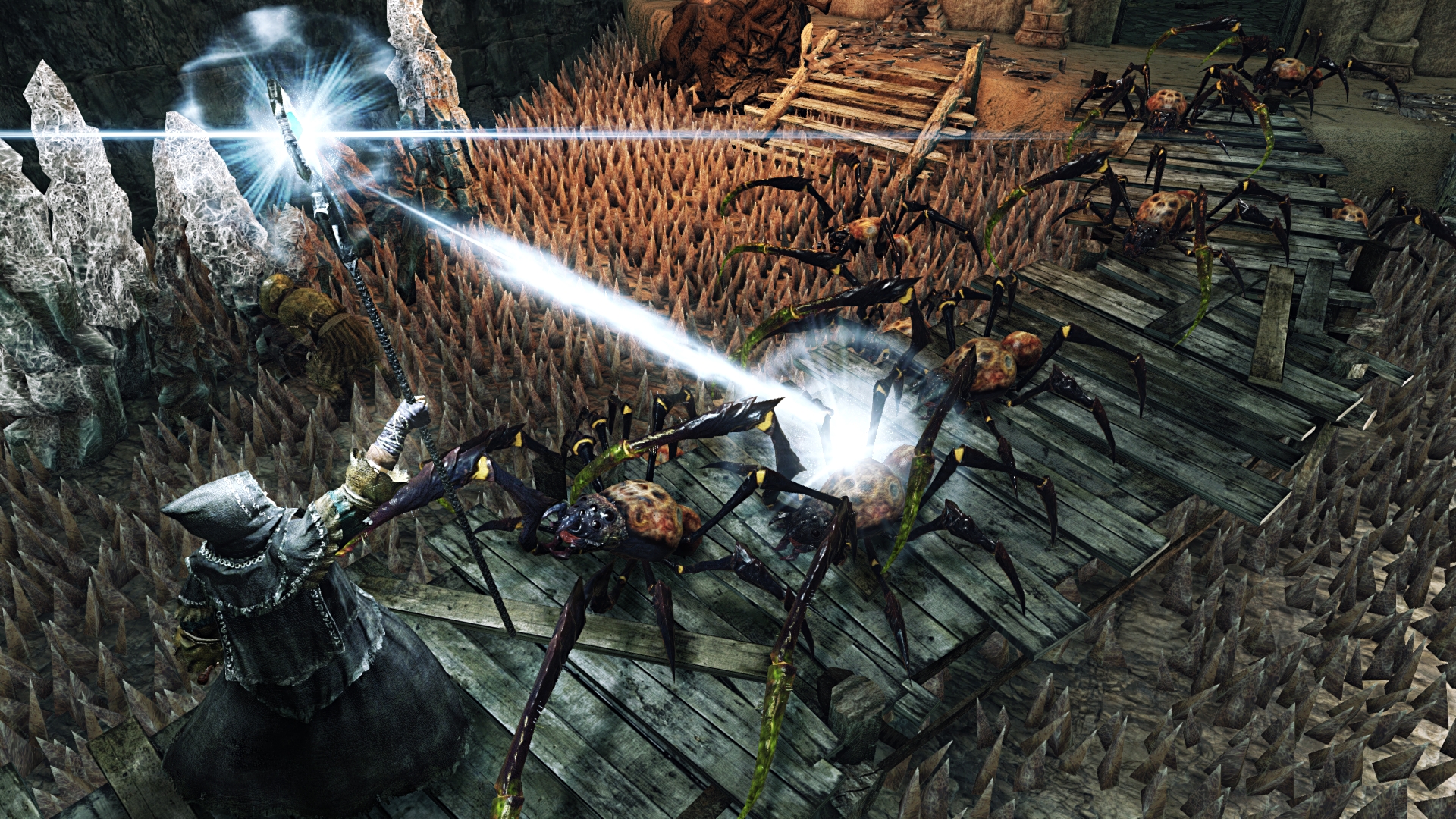
-
Dark Souls II Scholar of the First Sin #23
